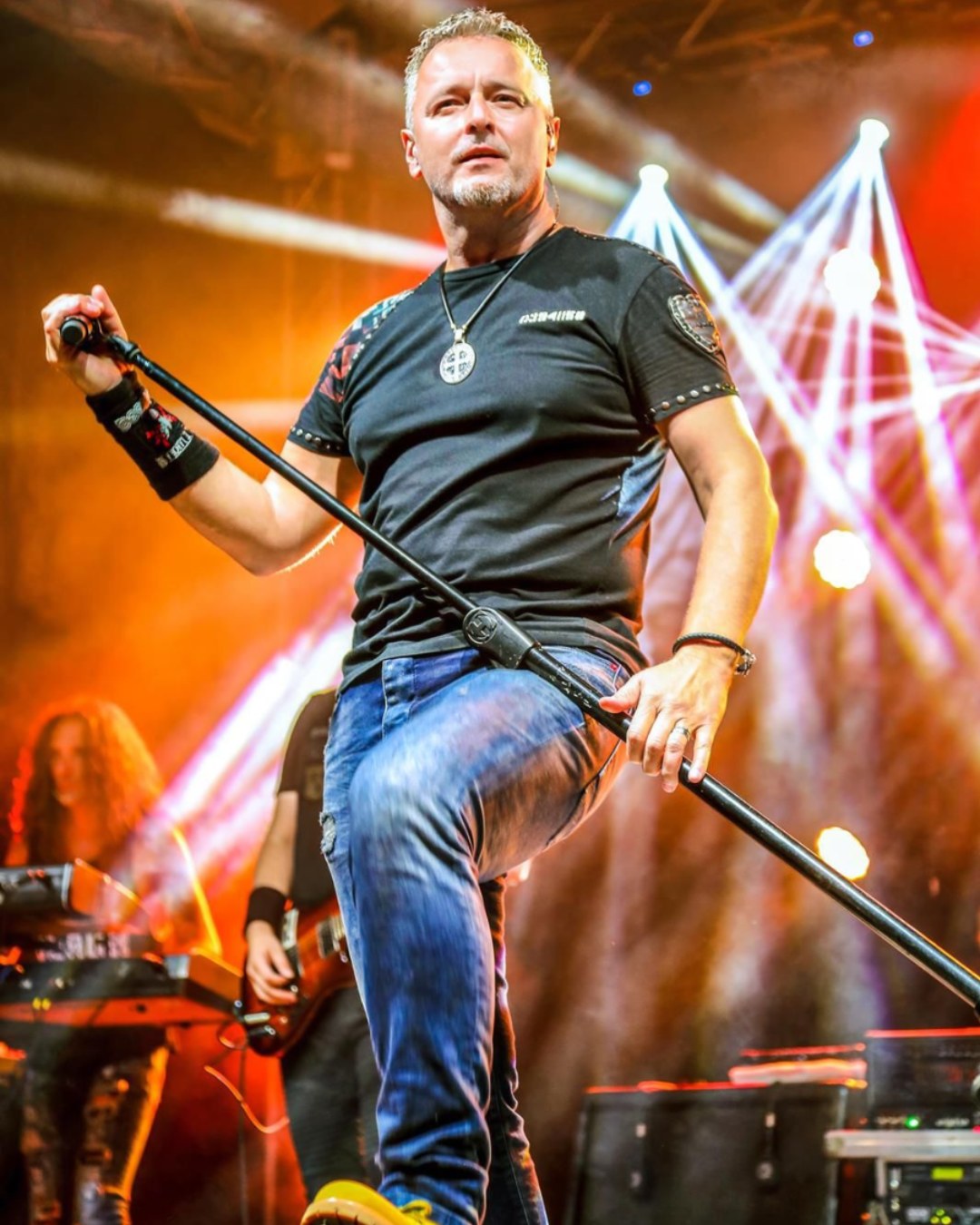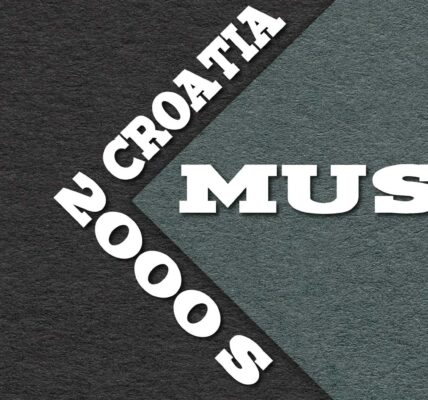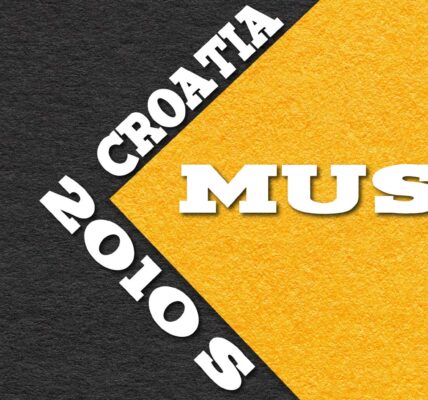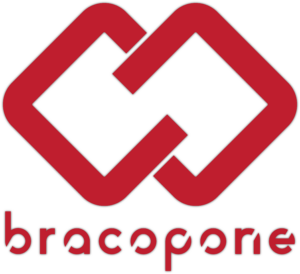Croatian music of the 1990s was one of the most pivotal and dynamic periods in the country’s music history, spanning the turbulent years of its creation and the war for independence. Music at that time became both a medium for political and social messages and an expression of national identity and unity. Albums and songs from that era often carried strong emotions connected to patriotism, suffering, and hope, which resonated deeply with a broad audience.
The most important social context in which the music developed was the Homeland War and its immediate aftermath, which strongly influenced the lyrics and themes of the music. Songs like “Moja domovina” (“My Homeland”) became unofficial anthems of the newly formed Croatia, serving as a booster of moral spirit and a sense of unity. This patriotism and feeling of belonging permeated almost all genres.
The musical genres in Croatia during the 1990s were highly diverse, ranging from pop and dance music to rock and alternative, as well as the rise of hip-hop and rap scenes, with traditional elements incorporated into modern arrangements.
Energetic melodies and often danceable rhythms characterized the pop music of that time. Bands such as Colonia popularized the dance-pop genre, which won over audiences locally and beyond Croatia’s borders. Dino Dvornik was a pioneering leader in funk and innovative rhythms, and his energy and authenticity left a lasting mark. Vanna, Severina, and Tony Cetinski were also among the artists who successfully combined emotional themes with commercial appeal.
The rock scene was lively, rebellious, and often provocative. The band Majke was known for its raw garage sound and authentic lyrics, while LET 3, through eccentric performances and humor, broke conventions and created cult popularity. Laufer and Daleka Obala were also important carriers of the genre, blending domestic tradition and global rock trends.
The hip-hop scene in Croatia emerged in the early ’90s as a new voice for youth, often carrying social and political commentary. The group The Beat Fleet (TBF) from Split and Tram 11 from Zagreb brought stories from everyday life and societal critique. At that time, the rap scene was still in its infancy, but it laid the foundation for contemporary Croatian hip-hop.
Traditional and regional influences also held a special place. Klapa singing, tamburica, and Dalmatian melodies were incorporated into popular music, serving as a bridge between generations. Artists like Oliver Dragojević, Baruni, and Vinko Coce remain symbols of deep emotion and the natural expression of Dalmatian musical heritage to this day.
The organization of musical events in the ’90s reflected both the scene’s segmentation and the desire for gathering during those turbulent years. The most prominent festivals, such as the Split Festival, Zagreb Festival, and DORA (the national Eurovision selection), were the leading platforms for promoting new songs and artists. These festivals still have a significant impact on Croatian musical culture.
The club scene flourished with the emergence of dance and techno genres, attracting young people to the first raves and electronic parties at the end of the decade. This development represented a significant step toward modernizing Croatia’s music culture.
Humanitarian concerts and projects, such as “Rock for Croatia” and “Croatian Band Aid,” embodied the spirit of solidarity, bringing together numerous artists and audiences with the shared goal of assisting people affected by war.
The influence of ’90s music on today’s Croatian scene is enormous. Many hits from that era are still present in the media and remain popular at retro and themed parties. Artists and bands from that era are frequently cited as role models, and tribute concerts are often held in their honor. The musical styles and production from the ’90s have inspired many contemporary artists, and the festival culture continues to preserve the tradition of musical diversity.
Furthermore, the openness of artists to experiment with different genres and their collaborations throughout the ’90s greatly contributed to the flexibility and richness of today’s Croatian music scene.
In short, Croatian music of the 1990s played a crucial role in shaping cultural identity, creating a valuable musical heritage, and laying the foundation for future generations of artists and audiences. That period is considered the golden age of domestic music, which still resonates vividly at concerts, on radio waves, and in the hearts of many people.






